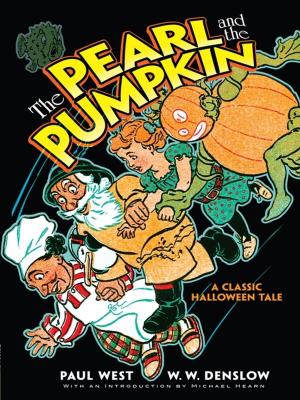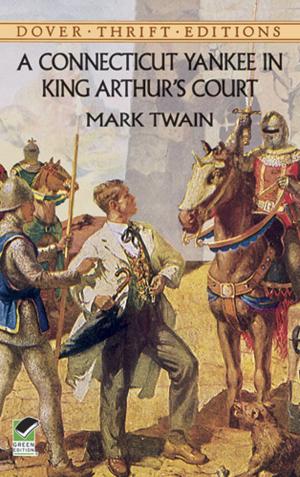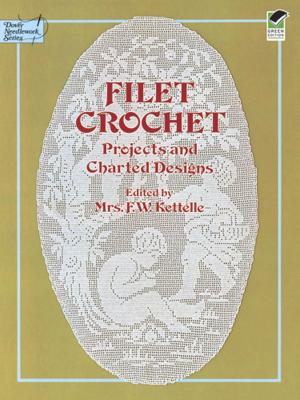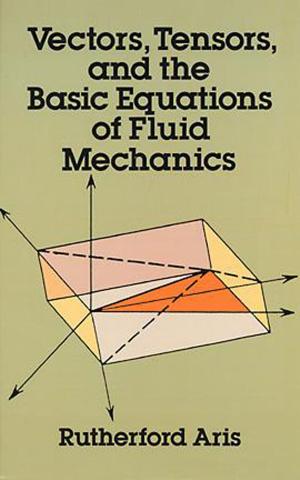Variational Analysis
Critical Extremals and Sturmian Extensions
Nonfiction, Science & Nature, Mathematics, Mathematical Analysis| Author: | Marston Morse | ISBN: | 9780486153223 |
| Publisher: | Dover Publications | Publication: | February 27, 2013 |
| Imprint: | Dover Publications | Language: | English |
| Author: | Marston Morse |
| ISBN: | 9780486153223 |
| Publisher: | Dover Publications |
| Publication: | February 27, 2013 |
| Imprint: | Dover Publications |
| Language: | English |
This text presents extended separation, comparison, and oscillation theorems that replace the classical analysis of Legendre, Jacobi, Hilbert, and others. Its analysis of related quadratic functionals shows how critical extremals can substitute for minimizing extremals.
Author Marston Morse is renowned for his development of a version of variational theory with applications to equilibrium problems in mathematical physics—the theory known as Morse theory, which forms a vital role in global analysis. He begins this treatment of variational analysis with an extended investigation of critical extremals that proceeds to quadratic index forms, advanced and free. Additional topics include focal conditions and Sturm-like theorems, general boundary conditions, and prestructures for characteristic root theory. A helpful pair of appendixes include supplementary information on free linear conditions and subordinate quadratic forms and their complementary forms.
This text presents extended separation, comparison, and oscillation theorems that replace the classical analysis of Legendre, Jacobi, Hilbert, and others. Its analysis of related quadratic functionals shows how critical extremals can substitute for minimizing extremals.
Author Marston Morse is renowned for his development of a version of variational theory with applications to equilibrium problems in mathematical physics—the theory known as Morse theory, which forms a vital role in global analysis. He begins this treatment of variational analysis with an extended investigation of critical extremals that proceeds to quadratic index forms, advanced and free. Additional topics include focal conditions and Sturm-like theorems, general boundary conditions, and prestructures for characteristic root theory. A helpful pair of appendixes include supplementary information on free linear conditions and subordinate quadratic forms and their complementary forms.















